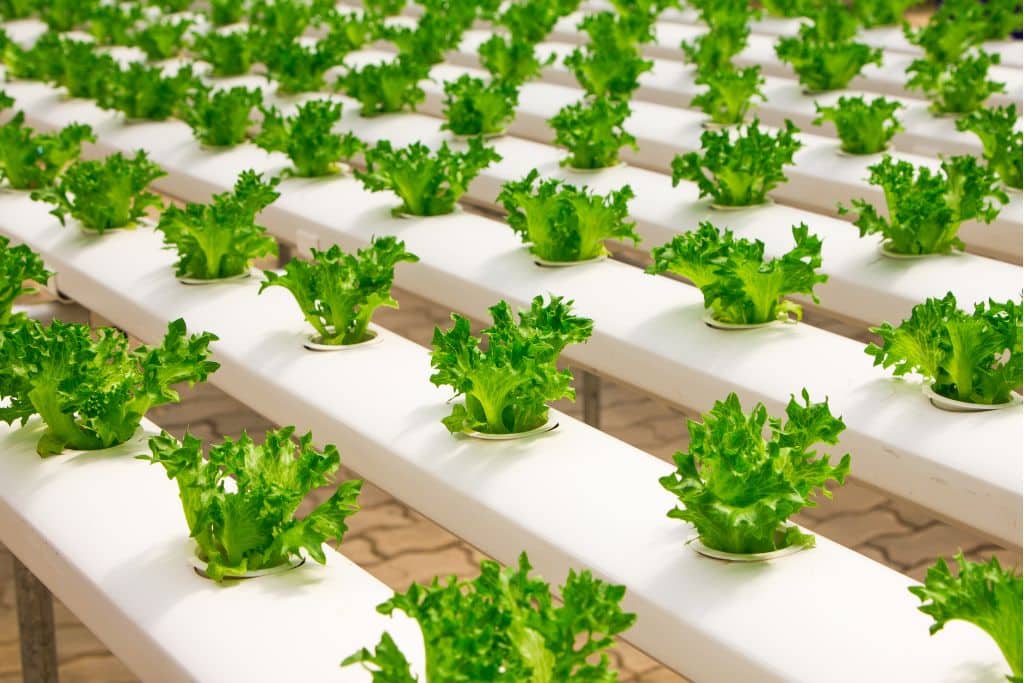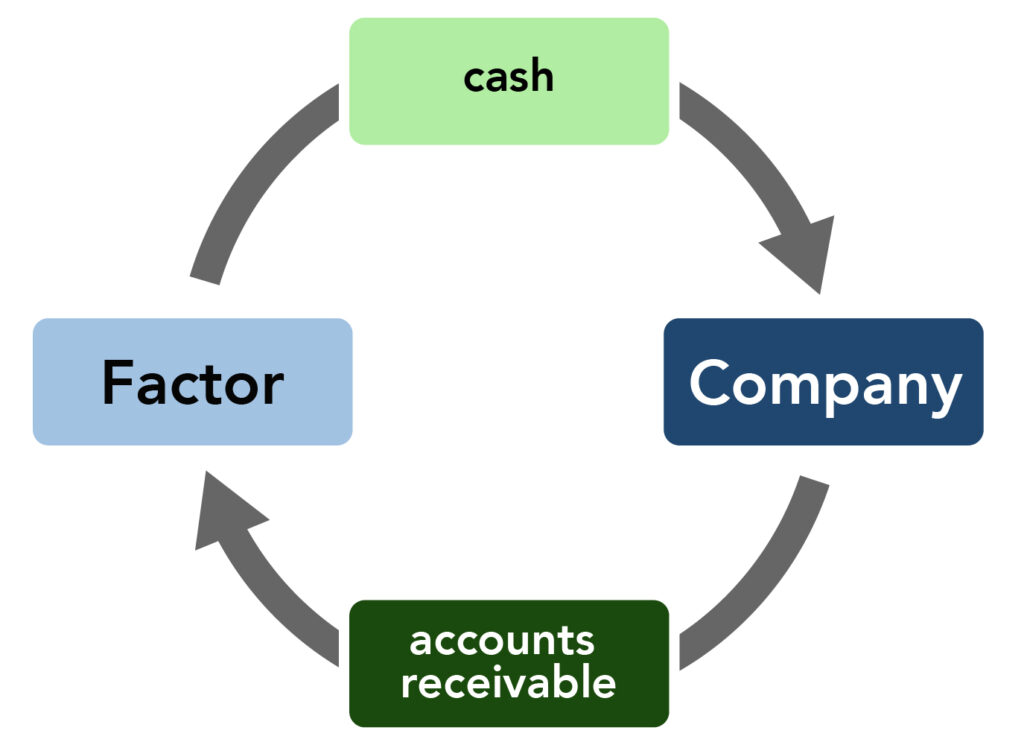disadvantages and advantages of each type of cell division
Introduction:
Cell division is an essential process for the growth, repair, and reproduction of living organisms. There are two types of cell division – mitosis and meiosis, each with its advantages and disadvantages. In this article, we will discuss the advantages and disadvantages of each type of cell division.

Advantages and Disadvantages of Mitosis:
Mitosis is the process of cell division in which a single cell divides into two identical daughter cells. It is essential for the growth, development, and repair of tissues in multicellular organisms. The following are the advantages and disadvantages of mitosis:
Advantages of Mitosis:
- Growth and Development: Mitosis plays a vital role in the growth and development of organisms. It helps to increase the number of cells in the body, which is necessary for the growth and development of tissues and organs.
- Tissue Repair: Mitosis helps in the repair of damaged tissues in the body. It replaces the damaged or dead cells with new ones, ensuring that the body functions correctly.
- Asexual Reproduction: Mitosis is the type of cell division used for asexual reproduction in unicellular organisms. It allows them to reproduce quickly and efficiently.
Disadvantages of Mitosis:
- No Genetic Diversity: Mitosis produces identical daughter cells, which means that there is no genetic diversity. It is disadvantageous as it can lead to the spread of genetic defects and diseases.
- Mutations: Errors during the mitotic process can lead to mutations in the daughter cells. If these mutations are not corrected, they can cause diseases such as cancer.
- Limited Genetic Variation: Mitosis does not produce genetic variation, which can be disadvantageous in changing environments. Organisms with limited genetic variation may be unable to adapt to changing conditions, leading to their extinction.
Advantages and Disadvantages of Meiosis:
Meiosis is the type of cell division that produces gametes, which are sex cells. It involves two rounds of division, resulting in the production of four haploid daughter cells. The following are the advantages and disadvantages of meiosis:
Advantages of Meiosis:
- Genetic Diversity: Meiosis produces genetically diverse daughter cells, ensuring that the offspring have unique combinations of genetic material. This is advantageous as it allows for the adaptation of organisms to changing environments.
- Sexual Reproduction: Meiosis is necessary for sexual reproduction in organisms. It ensures that the offspring have a combination of genetic material from both parents, leading to unique traits and characteristics.
- Removes Harmful Mutations: During meiosis, the process of crossing over and recombination removes harmful mutations from the genetic material. This ensures that the offspring have a lower risk of inheriting genetic diseases.
Disadvantages of Meiosis:
- Energy-Intensive: Meiosis is an energy-intensive process that requires a significant amount of energy from the organism. This can be disadvantageous, especially in environments where resources are limited.
- Slow Reproduction: Sexual reproduction through meiosis is a slow process compared to asexual reproduction. It takes time for the organisms to find a suitable mate, mate, and produce offspring.
- Risk of Inheriting Genetic Diseases: While meiosis removes harmful mutations from the genetic material, it can also lead to the inheritance of genetic diseases. This is because the offspring have a combination of genetic material from both parents, which may include mutations.
What are the disadvantages and advantages of mitosis and meiosis?
Mitosis and meiosis are two types of cell division. The advantages of mitosis include growth and development, tissue repair, and asexual reproduction. However, one major disadvantage is that it does not produce genetic diversity, which can be disadvantageous in changing environments. Meiosis, on the other hand, produces genetically diverse offspring and is necessary for sexual reproduction. It also removes harmful mutations but is energy-intensive and slow.
What are the disadvantages of mitosis and meiosis?
The disadvantages of mitosis and meiosis depend on the context. One disadvantage of mitosis is that it does not produce genetic diversity. This can be disadvantageous in changing environments as organisms with limited genetic variation may be unable to adapt. One disadvantage of meiosis is that it is an energy-intensive process that requires a significant amount of energy from the organism.
What are 2 disadvantages of meiosis?
Two disadvantages of meiosis include its energy-intensive nature and the risk of inheriting genetic diseases. Sexual reproduction through meiosis is a slow process compared to asexual reproduction, and it requires a significant amount of energy from the organism. While meiosis removes harmful mutations from the genetic material, it can also lead to the inheritance of genetic diseases.
What is the advantage of cell division?
Cell division is essential for the growth, repair, and reproduction of living organisms. It allows for the increase in the number of cells in the body, which is necessary for the growth and development of tissues and organs. Cell division also helps in the repair of damaged tissues in the body and allows for asexual reproduction in unicellular organisms.
Disadvantages of cell division
Cell division can lead to mutations and genetic defects. In some cases, uncontrolled cell division can also lead to the development of cancer.
Disadvantages of cells
Cells can be susceptible to damage and disease, and they require a constant supply of nutrients and energy to function properly. They also have a limited lifespan, which can be disadvantageous in certain contexts.
Advantages and disadvantages of mitosis
The advantages of mitosis include growth and development, tissue repair, and asexual reproduction. However, it does not produce genetic diversity, and errors during the process can lead to mutations and genetic defects.
Advantages and disadvantages of meiosis
The advantages of meiosis include the production of genetically diverse offspring, sexual reproduction, and the removal of harmful mutations. However, it is an energy-intensive process and can lead to the inheritance of genetic diseases.
What are the advantages of division of labour among cells? Are there any disadvantages?
The division of labour among cells allows for the specialization of cells to perform specific functions. This leads to increased efficiency and allows for the development of complex multicellular organisms. However, one disadvantage is that it can limit the flexibility of cells, making it difficult for them to adapt to changing environments.
What are the disadvantages of division of labour among cells?
One disadvantage of division of labour among cells is that it can limit the flexibility of cells. This can be disadvantageous in changing environments as it may make it difficult for cells to adapt to new conditions.
What is the advantage of cell specialization?
The advantage of cell specialization is that it allows cells to perform specific functions, leading to increased efficiency and the development of complex multicellular organisms.
Advantages of cell specialization in multicellular organisms
The advantages of cell specialization in multicellular organisms include increased efficiency, the ability to perform complex functions, and the ability to adapt to changing environments. It also allows for the development of specialized tissues and organs.
What are the different types of cell division?
The two main types of cell division are mitosis and meiosis.
What are the advantages of mitosis?
Mitosis allows for growth and development, tissue repair, and asexual reproduction.
What are the disadvantages of mitosis?
Mitosis does not produce genetic diversity, which can be disadvantageous in changing environments.
What are the advantages of meiosis?
Meiosis produces genetically diverse offspring, removes harmful mutations, and is necessary for sexual reproduction.
What are the disadvantages of meiosis?
Meiosis is an energy-intensive process and can lead to the inheritance of genetic diseases.
What is the advantage of cell division?
Cell division is essential for the growth, repair, and reproduction of living organisms.
What are the disadvantages of cell division?
Cell division can lead to mutations and genetic defects, and uncontrolled cell division can lead to the development of cancer.
What is the division of labor among cells?
The division of labor among cells refers to the specialization of cells to perform specific functions.
What are the advantages of division of labor among cells?
The advantages of division of labor among cells include increased efficiency, the development of specialized tissues and organs, and the ability to perform complex functions.
Are there any disadvantages of division of labor among cells?
One disadvantage of division of labor among cells is that it can limit the flexibility of cells, making it difficult for them to adapt to changing environments.
What is the advantage of cell specialization?
The advantage of cell specialization is that it allows cells to perform specific functions, leading to increased efficiency and the development of complex multicellular organisms.
What are the advantages of cell specialization in multicellular organisms?
The advantages of cell specialization in multicellular organisms include increased efficiency, the ability to perform complex functions, and the ability to adapt to changing environments.
Conclusion:
both mitosis and meiosis have their advantages and disadvantages. Mitosis is essential for growth, development, and tissue repair but does not produce genetic diversity. On the other hand, meiosis produces genetically diverse offspring and removes harmful mutations but is energy-intensive and slow. Understanding the advantages and disadvantages of each type of cell division is crucial for understanding the processes of growth, repair, and reproduction in





